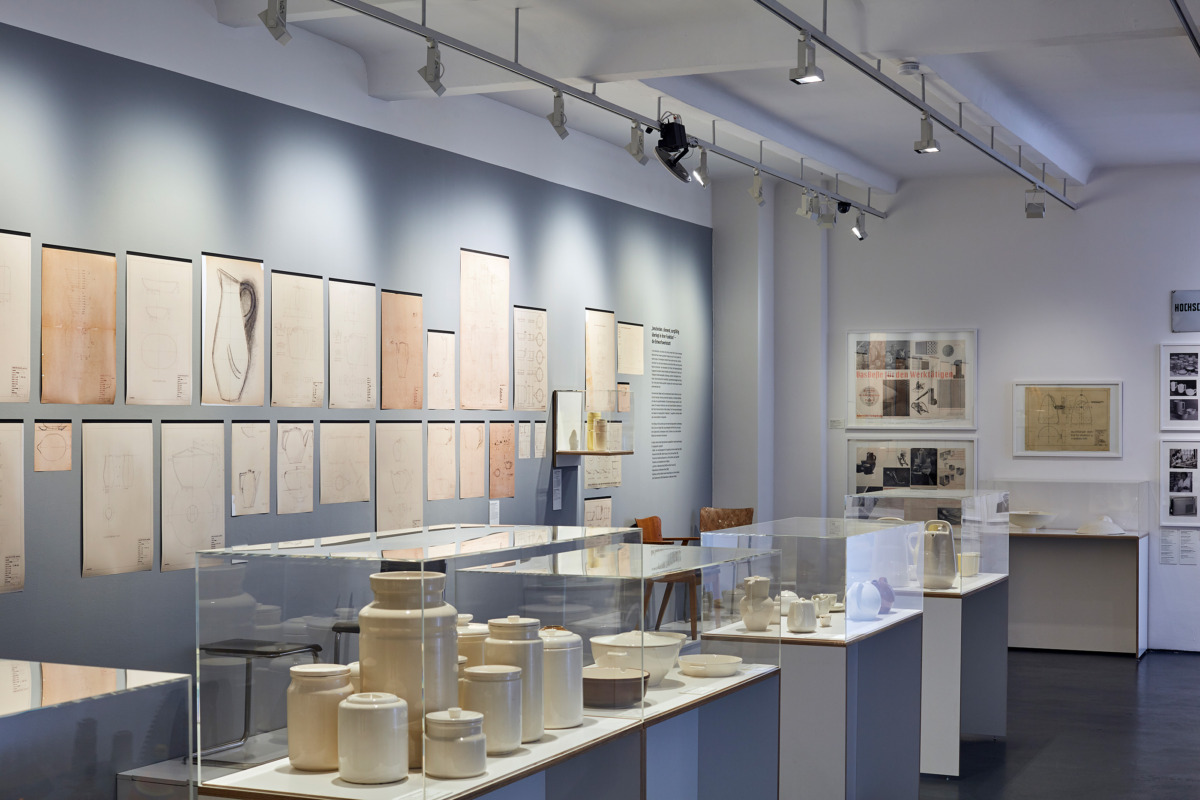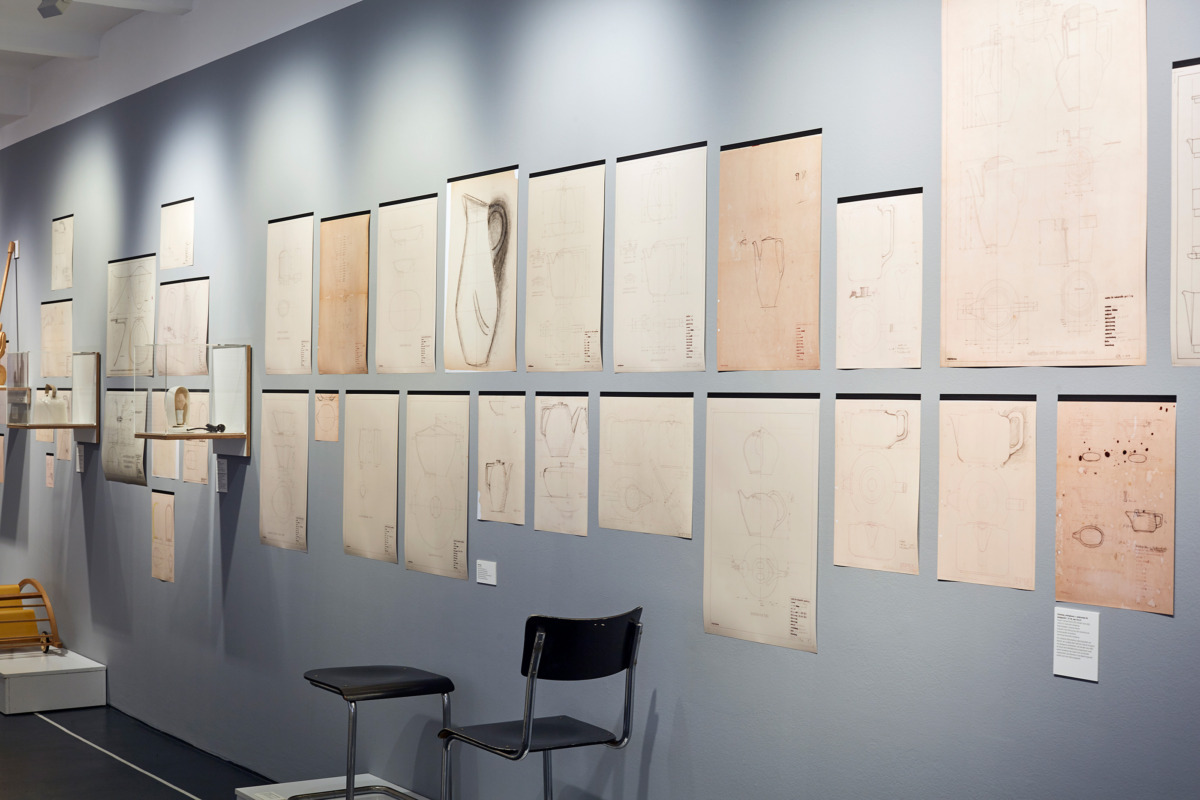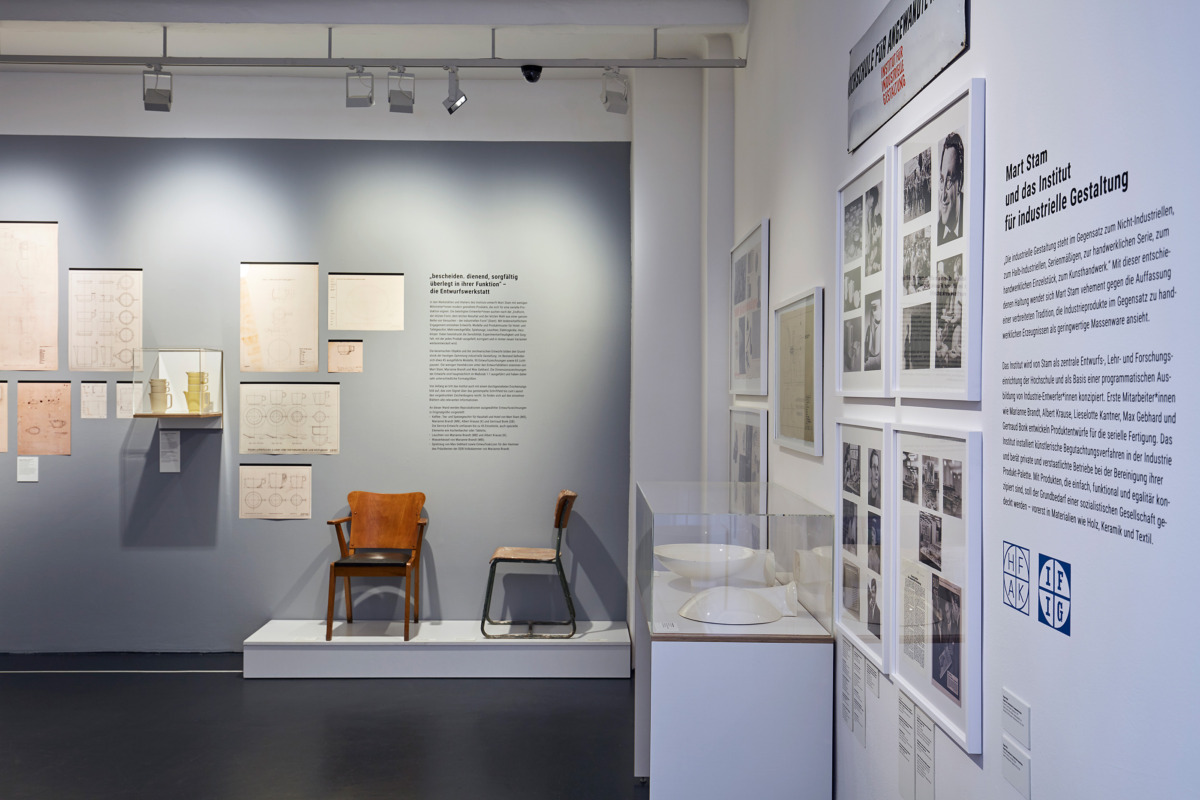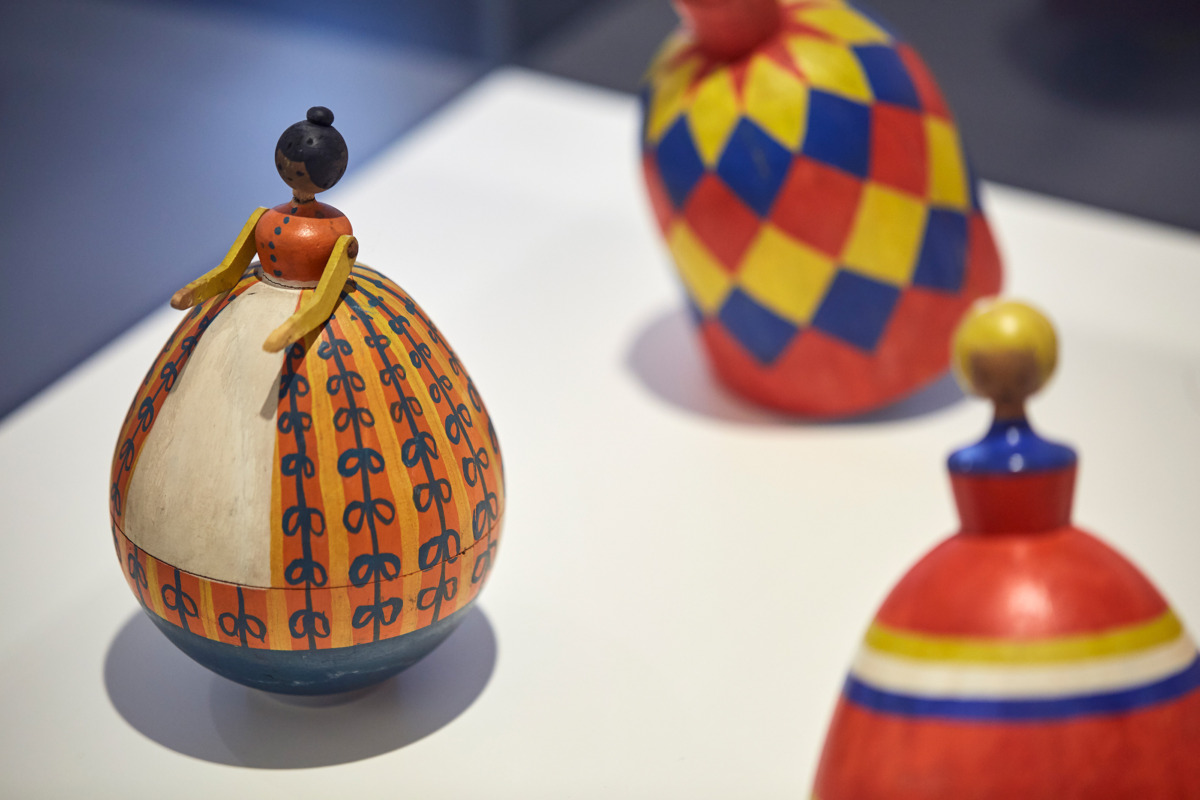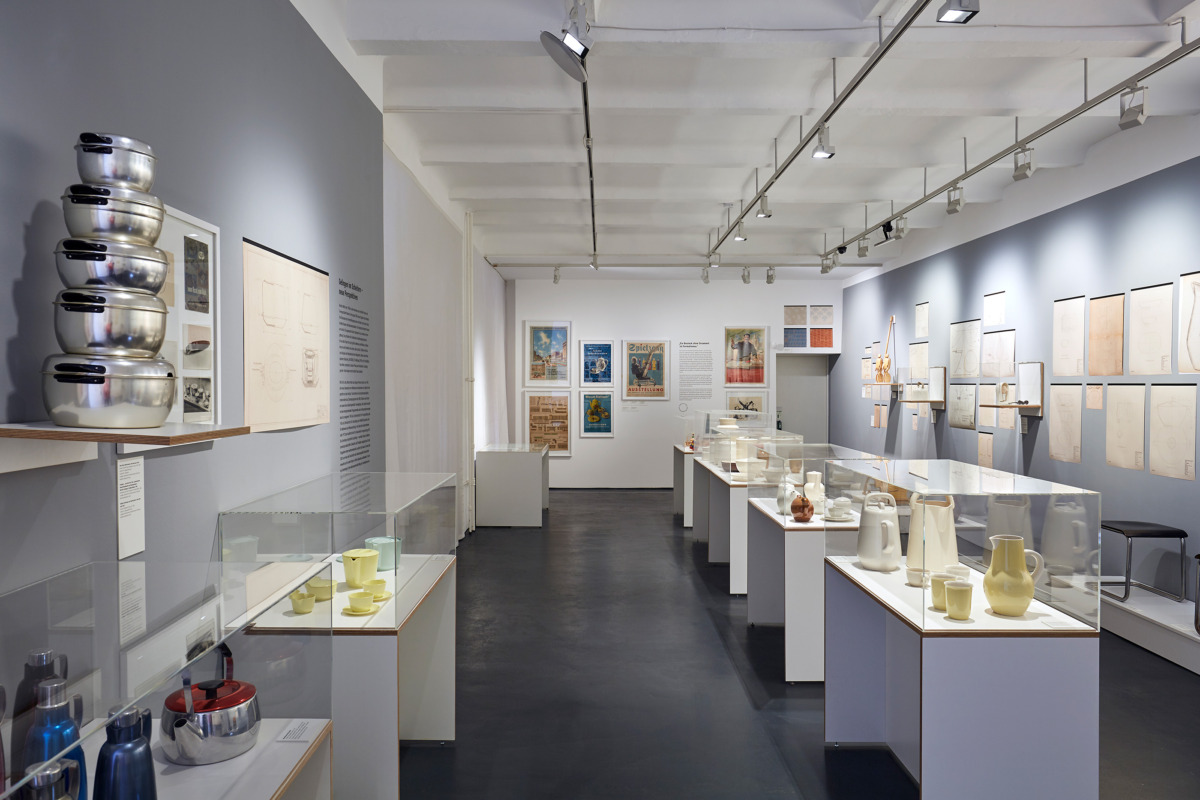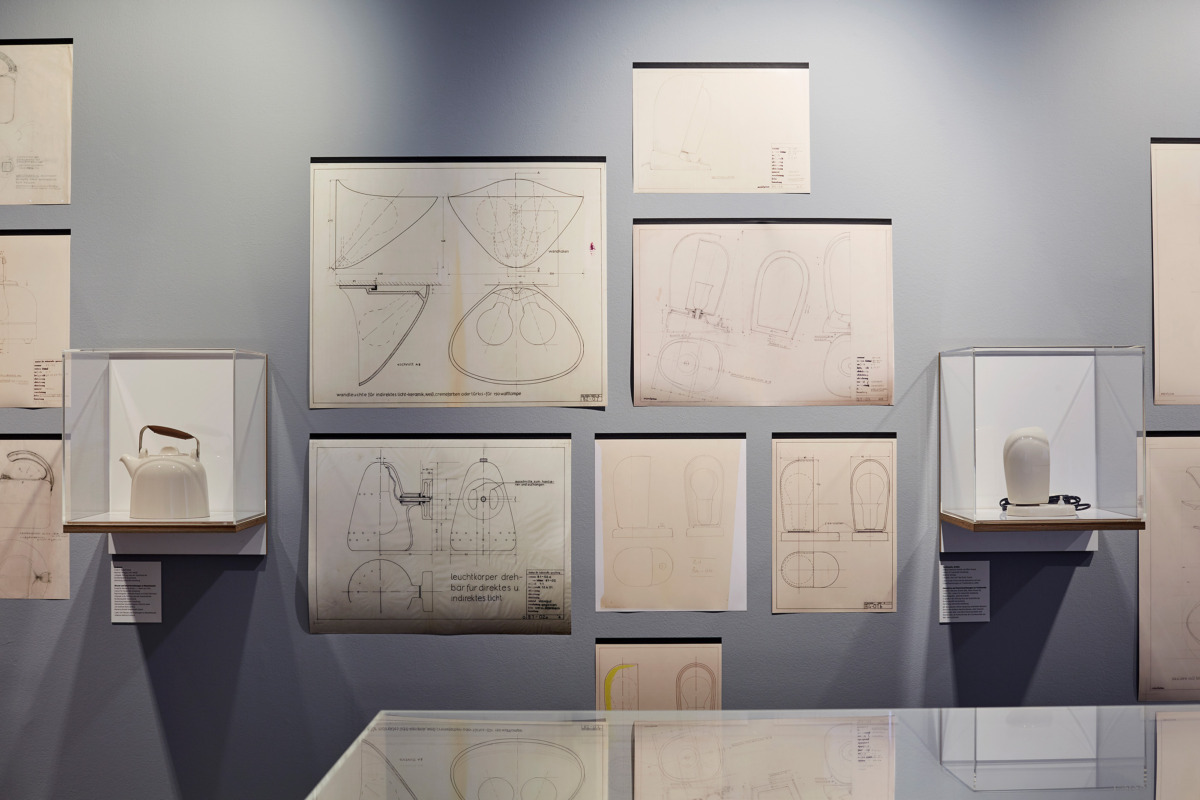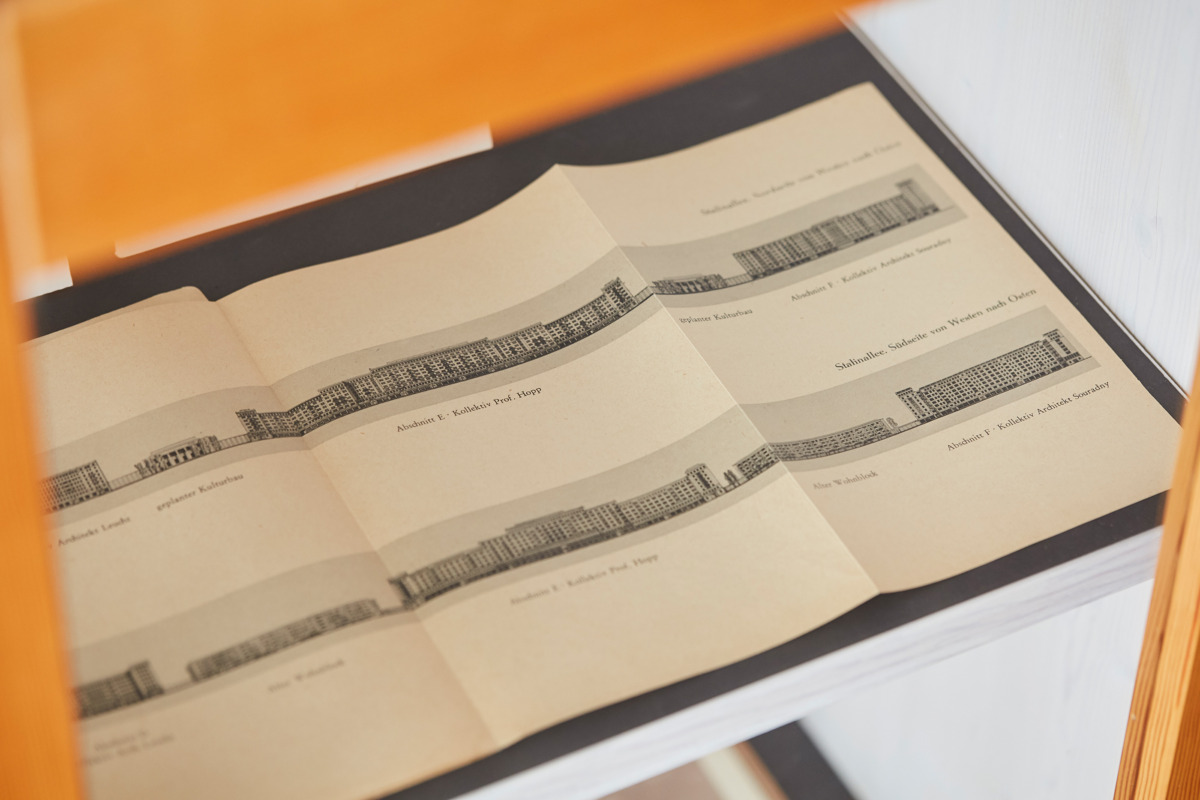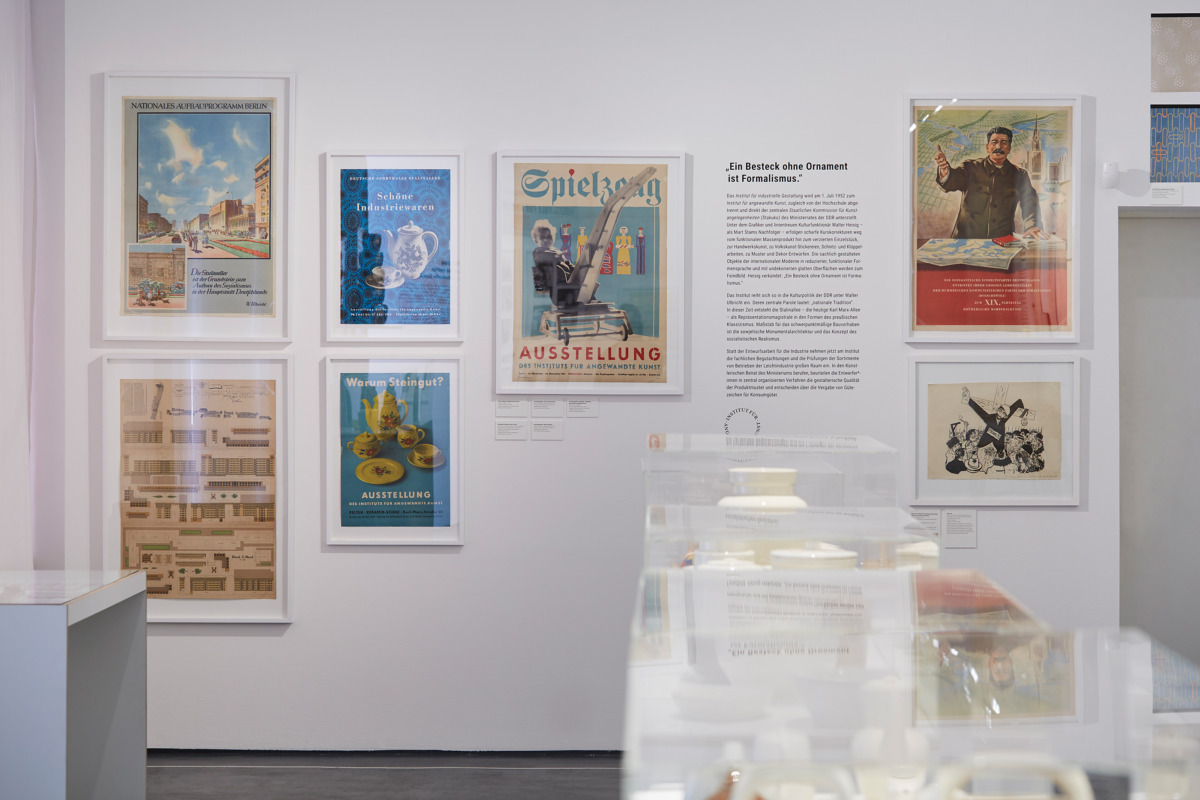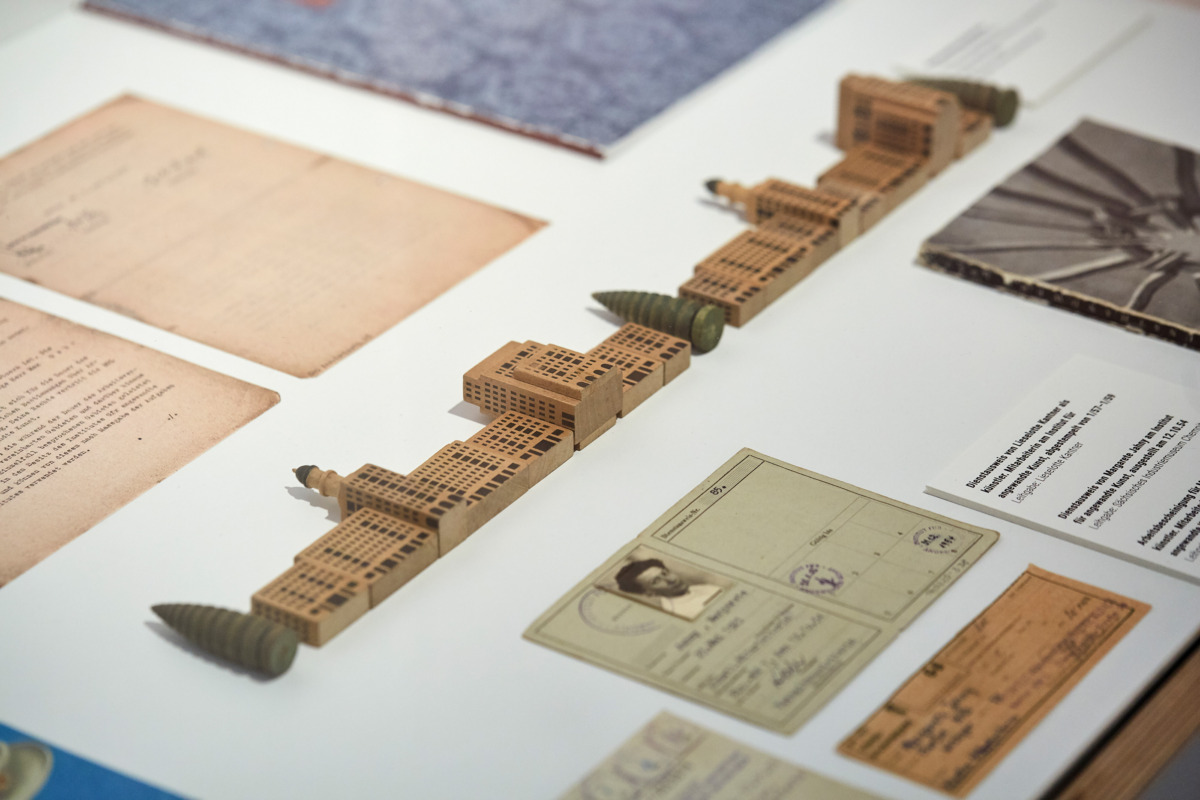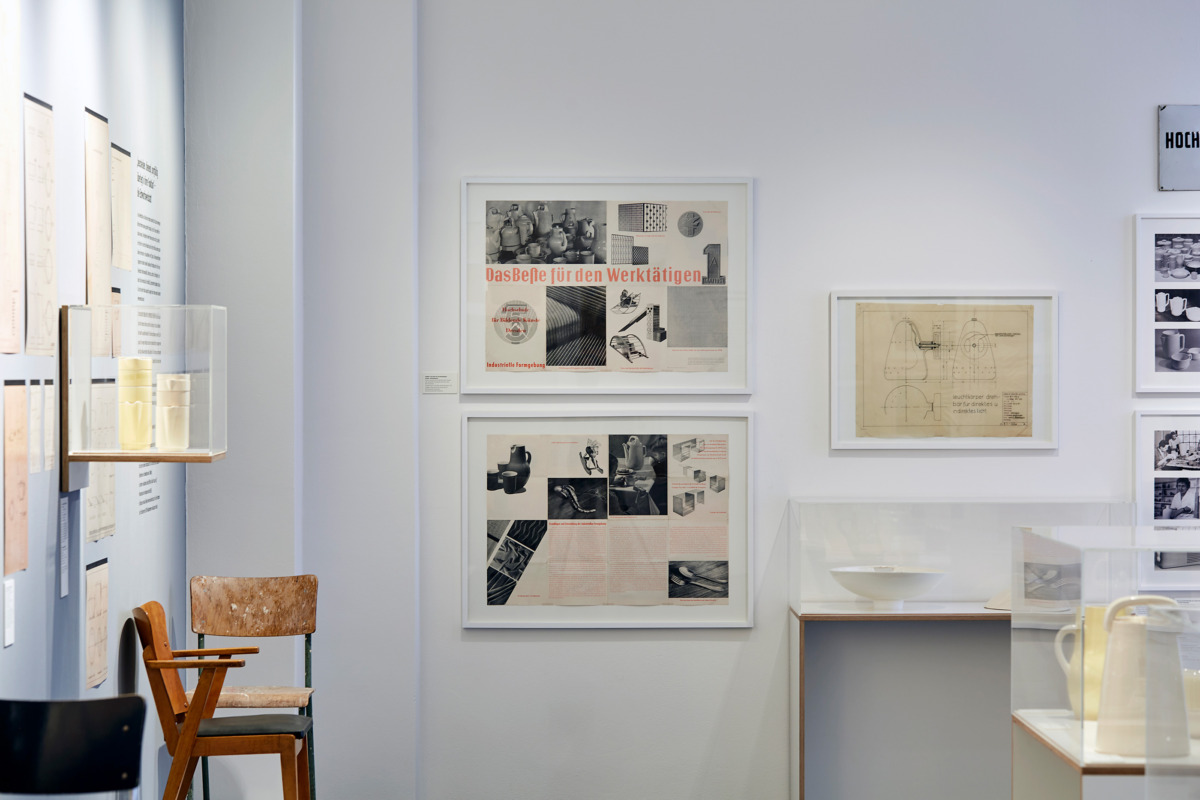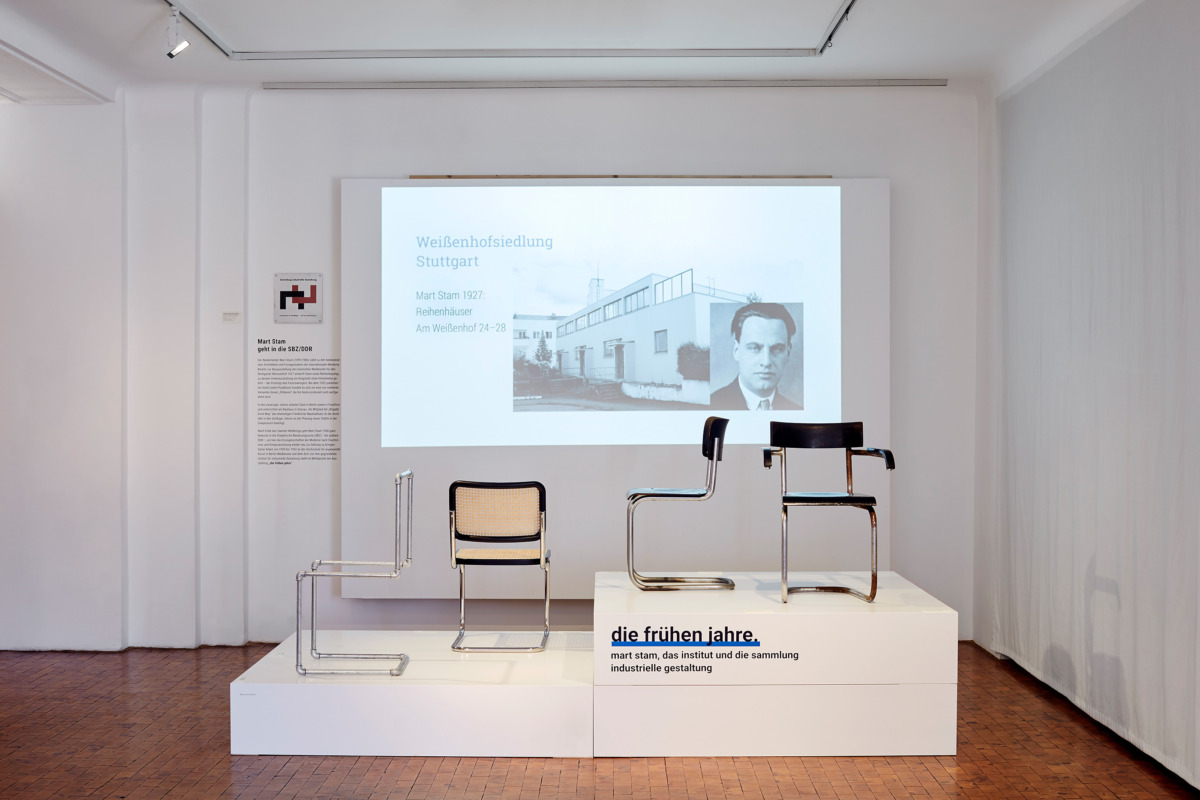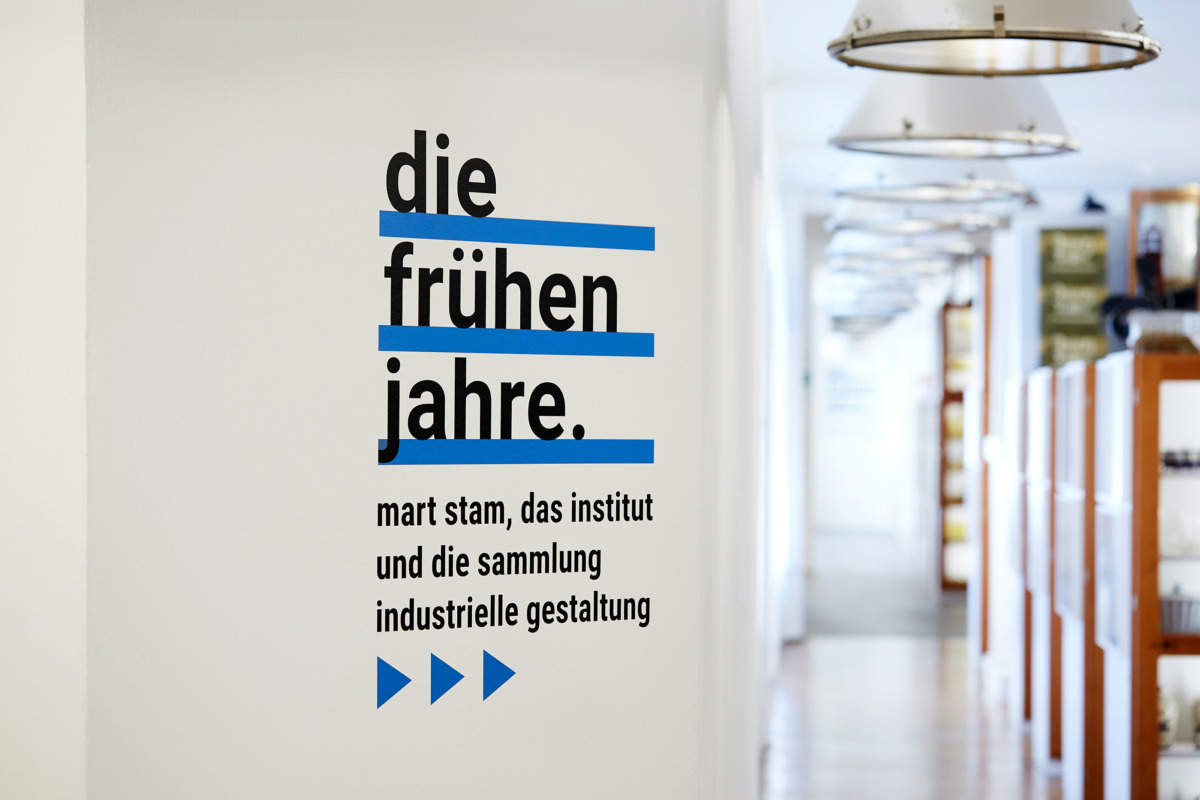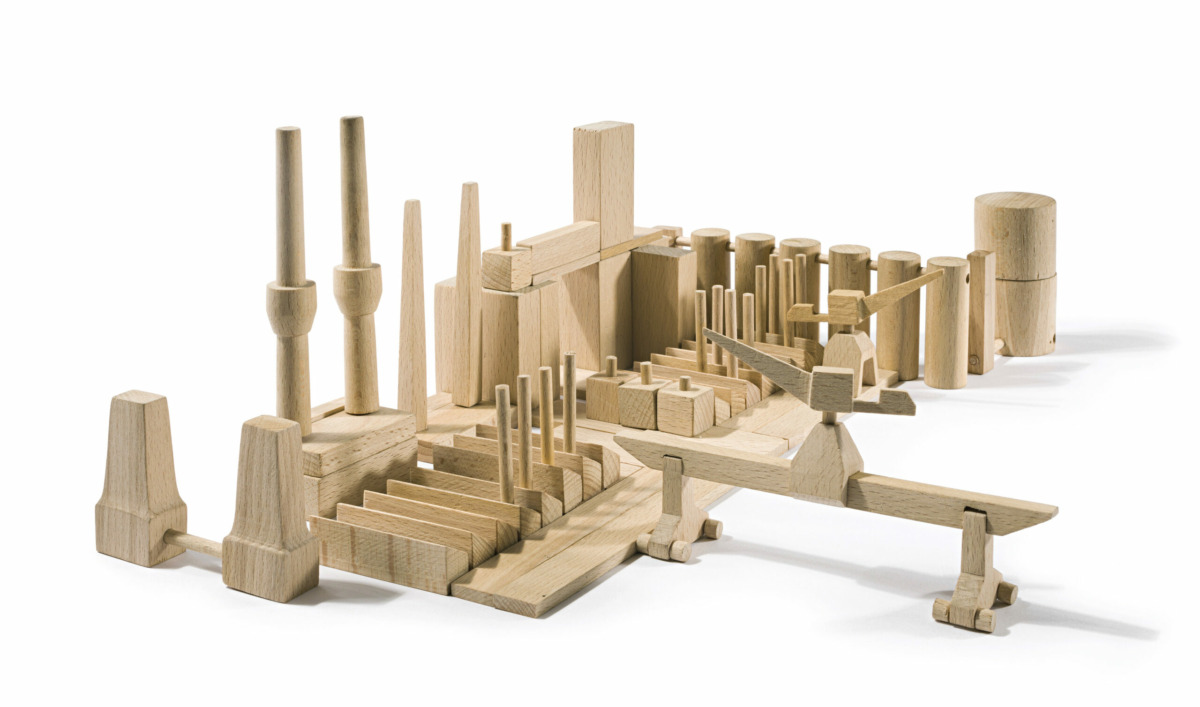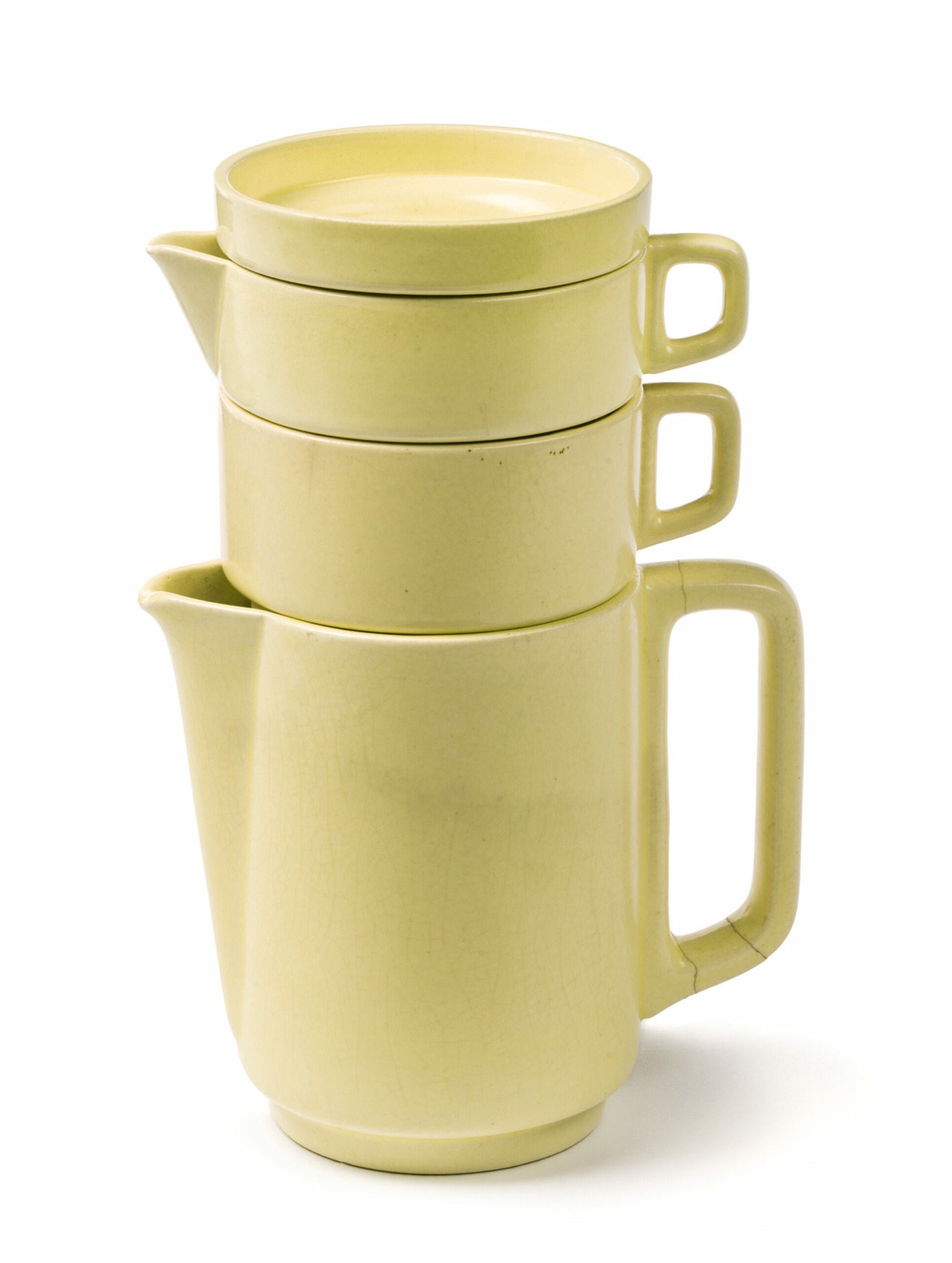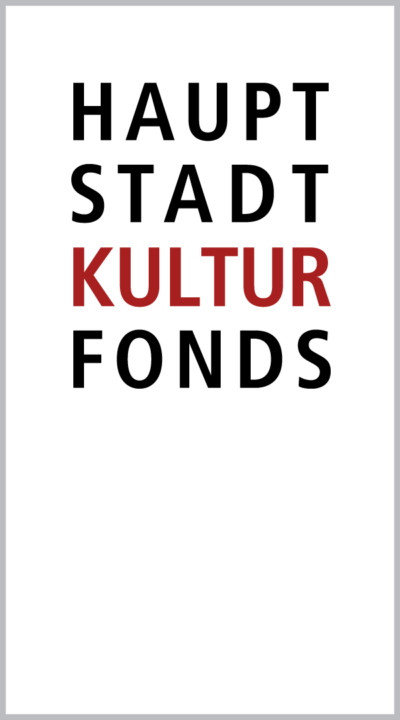The exhibition “the early years. mart stam, the institute and the collection of industrial design” is devoted to the emergent phase of East German industrial design culture, and in particular to the Dutch architect Mart Stam’s advocacy of a thoroughgoing modernization of the product world.
The Institut für industrielle Gestaltung (Institute of Industrial Design), founded by Stam in 1950 at the Hochschule für angewandte Kunst (College of Applied Arts) in the eastern borough of Weißensee, Berlin, had a lasting influence on East German product design. The institute was dedicated to the design principles of function, industrial manufacturing, and high quality. The approaches of Mart Stam and his circle stand out in terms of their clarity.
Mart Stam’s brief but influential engagement at the design institute was ill-fated: as a proponent of modern design in the Bauhaus tradition, Stam was soon accused of “formalism” by the Party-controlled institutions of East German cultural policy. In mid-1952, he was dismissed as director of the institute, and he left East Germany a short time later.
The same year, the institution was renamed Institut für angewandte Kunst (Institute of Applied Art). Its new orientation followed the mandated principles of “national tradition”, and mainly promoted decorated works of craftsmanship. But the development of design for industrial mass-production stimulated by Mart Stam and his colleagues, could no longer be stopped. In the late 1950s cultural policy once again came to focus on industrial design rather than craftsmanship.
“the early years. mart stam, the institute and the collection of industrial design” is the first major exhibition in this thematic context to present little-known drawings, models and products from the early phase of East German design, including designs for various stoneware, porcelain and glass products, lamps, toys and other household utensils, including original sketches by Mart Stam and his colleagues at the institute like Marianne Brandt and Max Gebhard. The environment, the historical context and the connections between the Institute for Industrial Design and the College of Applied Arts in Weißensee are illustrated with objects by architects and designers such as Selman Selmanagić, Rudolf Vogenauer and Margarete Jahny, and with documents on the Stalinallee urban development project.
Exhibition views
